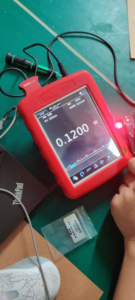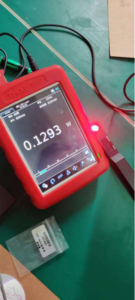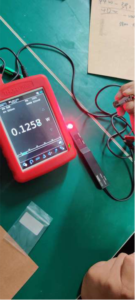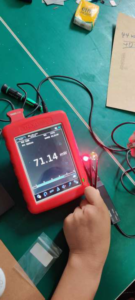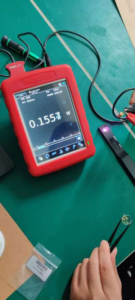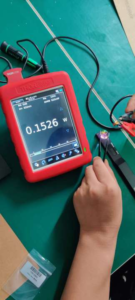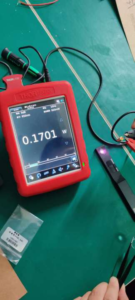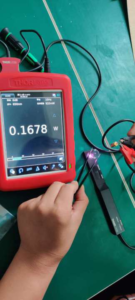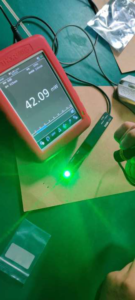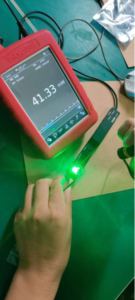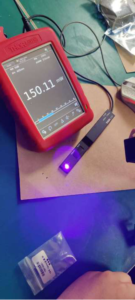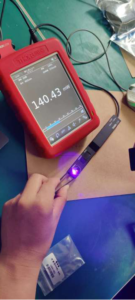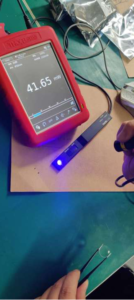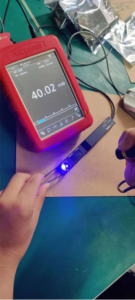Among lasers, optical lenses play an important role. The excitation conditions of the laser are very simple. There are working materials, excitation energy, and resonant cavity to generate laser. However, the utilization and utilization rate of the laser at this time are very low. It needs to be processed by an optical mirror group to reach your need. In the optical lens group, the coating on the optical lens acts as a very important part.
Everyone knows that when light enters another medium from one medium, the light will not be completely incident, and part of the light will be reflected on the critical surface. This part of the reflected light is the loss of light. If we can coat a layer of anti-reflection material on the surface of the medium, the loss will be reduced a lot, and the utilization rate of the laser will be further improved. The following tests are done on related coatings:
It can be seen that the lens loss of the coating is relatively very small, not more than 7% overall, and the lowest can be as low as 2%. However, for visible light, an anti-reflection lens cannot be used, and the loss will be very high at this time.
Use a 650nm laser to enter a visible light anti-reflection lens and an infrared anti-reflection lens to check the difference.
Laser used :1235 650nm 11061118
(Because the distance between the laser and the power meter will affect the specific value of the power, in order to obtain more accurate data, each time we measure the specific power of the laser separately, and then add the coated lens to see the energy attenuation.)
The picture on the right shows the addition of a coated lens. The coating is anti-reflection for visible light. It can be seen that the energy loss is about 7%. And if we use another kind of coated lens, this lens uses an anti-reflection infrared coating.
It can be seen that when we are not using the coating of the anti-reflection part of the laser wavelength that we choose, the loss of laser energy will be more serious at this time, about 43%.
If we choose a 808nm laser for testing, we also use these two lenses. The results obtained are as below:
Laser diode used:808nm 11081049
In order not to add a lens, the lens added on the right has an infrared anti-reflection coating. It can be seen that the power loss is very low at this time, about 2%. It shows that the effect of infrared anti-reflection on infrared light is very significant. But when we use a lens coated with an anti-reflection visible light coating, we will find that:
This time, the loss of infrared light is also very small, but slightly higher than that specifically used for infrared, about 3%.
Then we tested the lenses with anti-reflection and light-coated,first is the green light at 515nm
Laser Module use 515nm 11051086.
It is obvious that after the green light uses this lens, the power loss is about 2%. The above tests are all tested using the two lenses 13090001 and 13090002.
The loss of purple light using this lens is relatively high, about 6.7%. The laser selected by purple light is 405nm 11041031.
We know that the loss of blue light is relatively small, and the loss of blue light is about 4%. It can be seen that the lens loss of the coating is relatively very small, not more than 7% overall, and the lowest can be as low as 2%. However, for visible light, an anti-reflection lens cannot be used, and the loss will be very high at this time.

